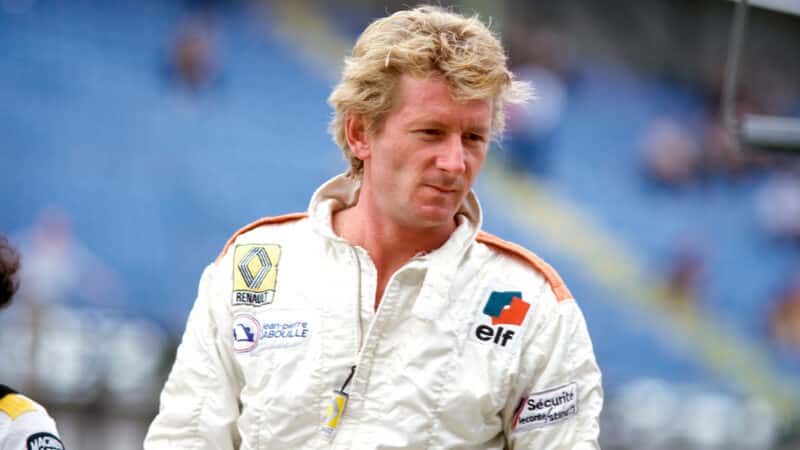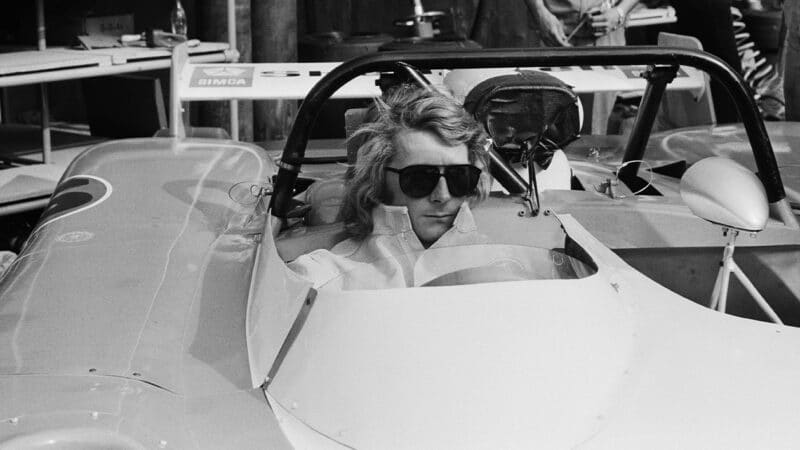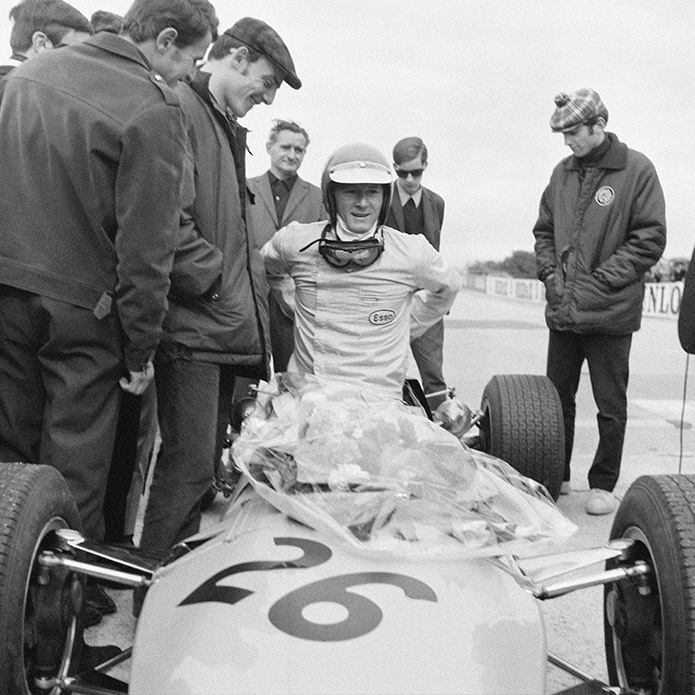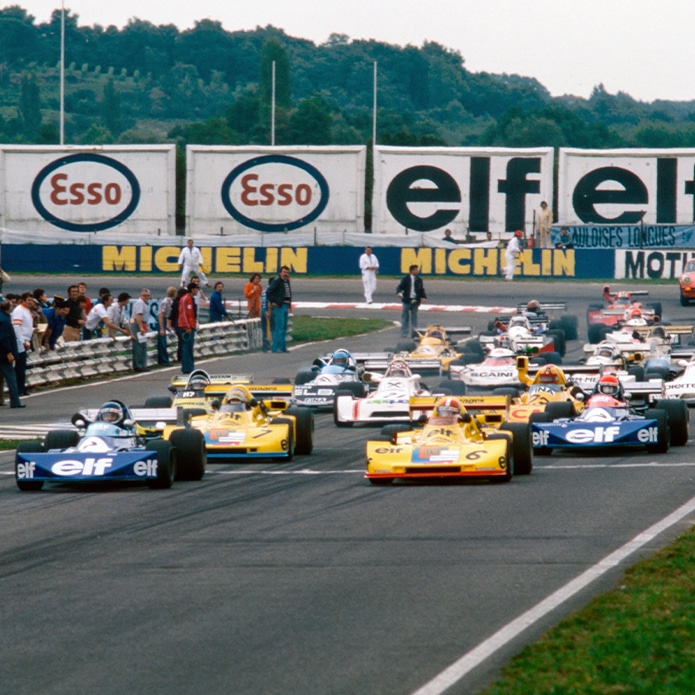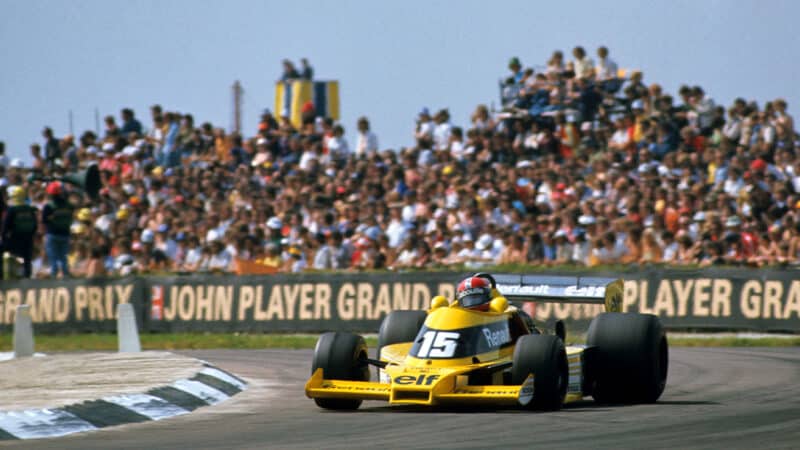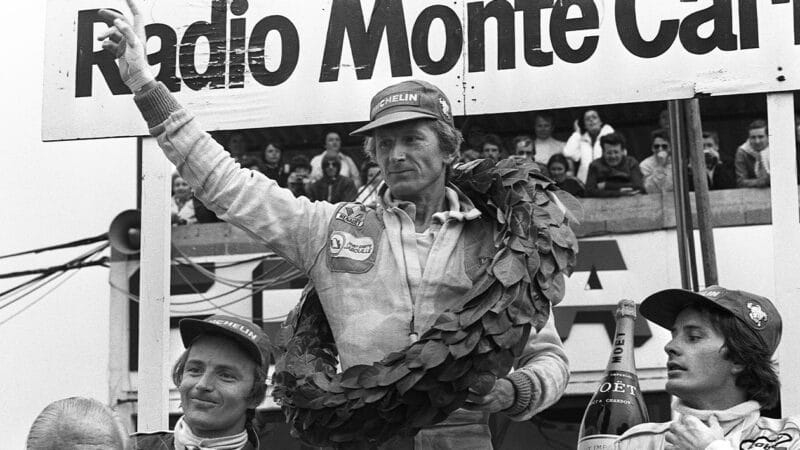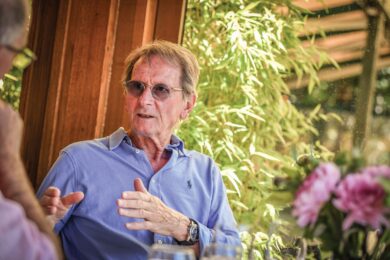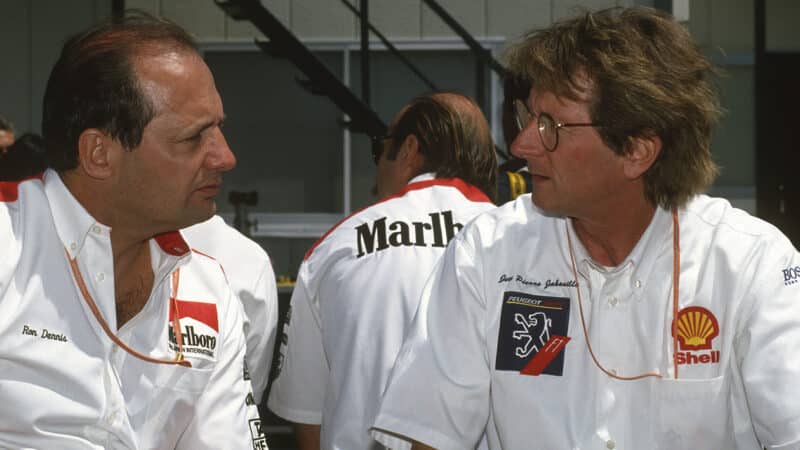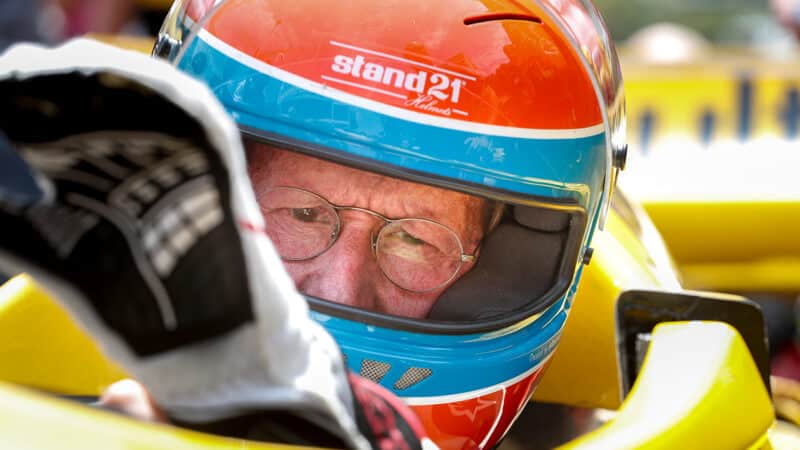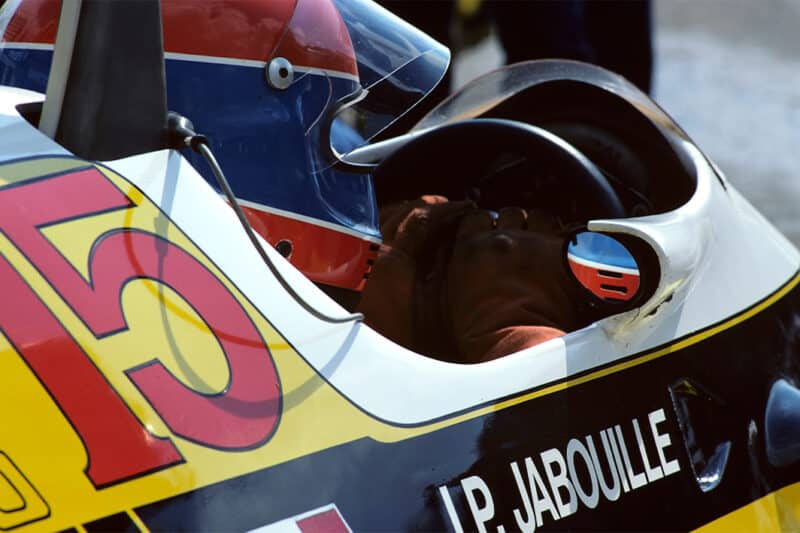Jabouille won again, at Osterreichring, in 1980 – a beautifully judged drive in the closing stages of which he nursed ruined Michelins with a remarkably deft touch, crossing the line 0.82sec ahead of the season’s dominant combo, Alan Jones and his Williams FW07B. In the penultimate grand prix of that year, in Montreal, Jabouille had a huge shunt – as usual it was a DNF that was not his fault, this time a suspension failure – and the result was a season-ending injury: a broken leg. As a driver he was never the same again, although he entered five grands prix for Ligier in 1981. He failed to qualify for two of them, and did not finish the other three.
I will end with a trio of anecdotes. On Sunday October 17 1999, in the Sepang paddock, a few hours before the start of the first ever Malaysian Grand Prix, I remember chewing the fat with Jackie Stewart. He was in a very good mood, and understandably so, for he had just agreed the sale of his eponymous F1 team to Ford, trousering (trewsing?) a pretty penny despite Ford’s having part-financed its inauguration for him just three years before, and the team had been a great success, since, just a month before, at Nürburgring, Johnny Herbert had scored its maiden grand prix win. Suddenly, I had an idea. “Jackie,” I began, “would you allow me to ghost-write a 2000 season preview, in your name, for our March issue next year? I would record us discussing the forthcoming season together, race by race and team by team and driver by driver, then I would write it up, you would have copy-approval since it would carry your byline, and we would contextualise it editorially by praising the great achievements of Stewart Grand Prix.”
“I’m sorry but the answer is no,” he said. “I did exactly that, for another magazine, about 20 years ago. I described one particular F1 driver as perhaps not as natural a talent as some of his peers, and I’ve always regretted it.”
“I remember reading it at the time,” I replied. “The driver was Jean-Pierre Jabouille – am I right?”
“You are,” Jackie replied, looking dolefully into the middle distance.
